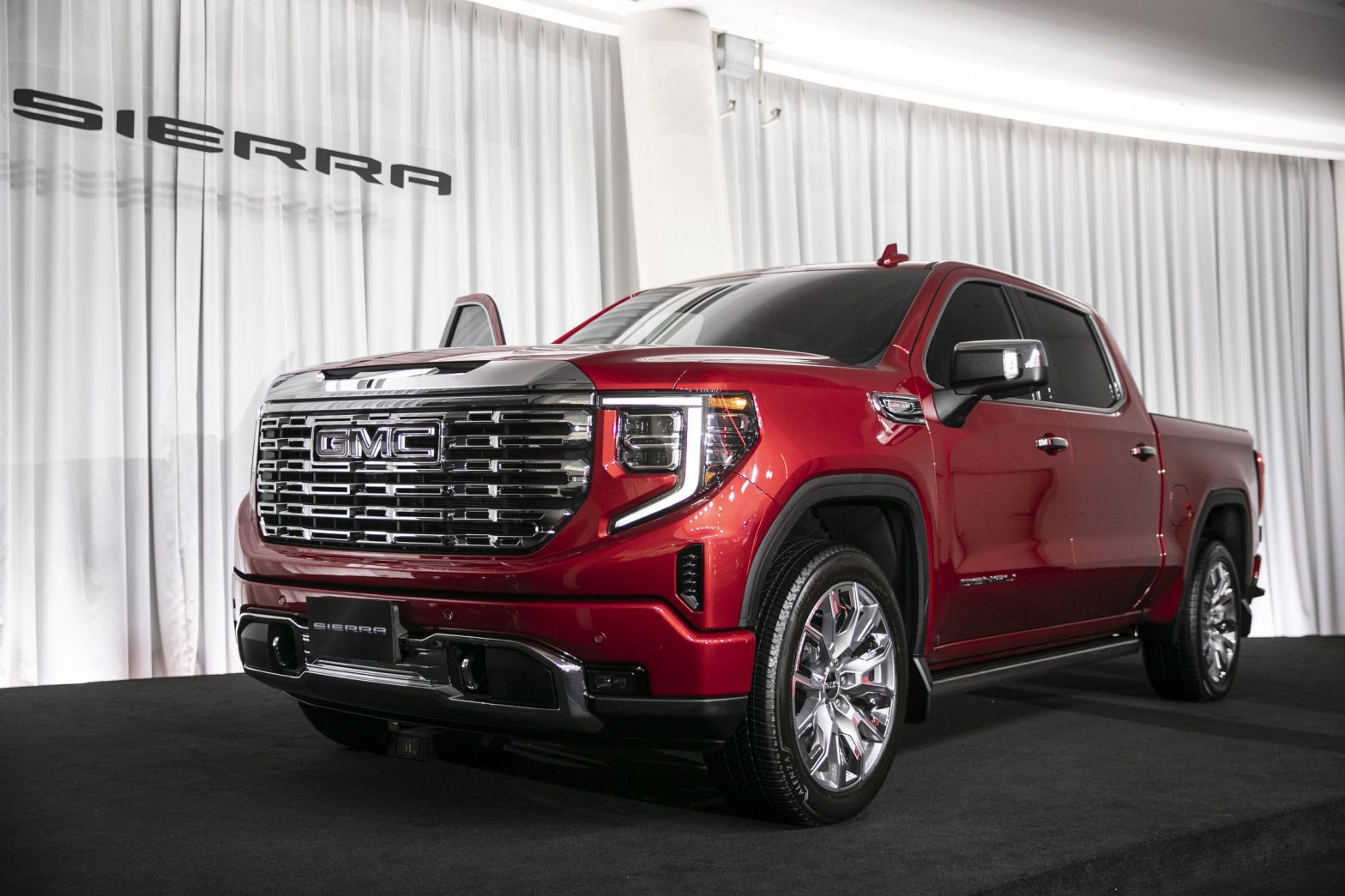/
Vehicles with hood heights that are 40 inches or higher are 45 percent more likely to kill a pedestrian than a shorter vehicle, the report concludes.
Share this story
:format(webp)/cdn.vox-cdn.com/uploads/chorus_asset/file/25083698/1246858994.jpg)
American car buyers can’t get enough big, tall SUVs and trucks — but new data suggests that the downsides of this trend are growing increasingly deadly.
Crashes involving vehicles with hood heights that are 40 inches or higher are 45 percent more likely to result in a fatality as compared to vehicles with hood heights that are 30 inches or less with a sloping profile, according to a new report analyzing federal crash statistics by the Insurance Institute for Highway Safety (IIHS).
The data comes amid an ongoing pedestrian safety crisis in the US in which fatalities are at a 40-year high and the number of pedestrians killed has increased by 80 percent since hitting a low in 2009.
It also comes at a time when the auto industry is embracing bigger, more brutish designs for its SUVs and trucks, reasoning that these vehicles are safer for drivers in the event of a crash. And car buyers are increasingly buying into that marketing, snapping up these high-riding vehicles in record numbers.
How tall are we talking here? According to the IIHS, the average US passenger vehicle has gotten about four inches wider, 10 inches longer, eight inches taller, and 1,000 pounds heavier over the past 30 years. Many vehicles are more than 40 inches tall at the leading edge of the hood. And on some large pickups, the hoods are almost at eye level for many adults.
:format(webp)/cdn.vox-cdn.com/uploads/chorus_asset/file/19704161/cadillac_2021_escalade_0397.jpg)
“Some of today’s vehicles are pretty intimidating when you’re passing in front of them in a crosswalk,” IIHS president David Harkey said in a statement. “These results tell us our instincts are correct: More aggressive-looking vehicles can indeed do more harm.”
To determine any links between this so-called truck bloat and pedestrian deaths, the group studied 17,897 crashes involving a single-passenger vehicle and a single pedestrian. Using VINs to identify the crash-involved vehicles, the IIHS calculated key front-end measurements corresponding to 2,958 unique vehicles from photographs. The group also excluded vehicles with pedestrian automatic emergency braking systems and controlled for other factors that could affect the likelihood of a fatality, such as the speed limit and age and sex of the struck pedestrian.
The conclusions show a clear link between vehicle design and crash deadliness. Vehicles with hood heights of more than 40 inches and blunt front ends angled at greater than 65 degrees were 44 percent more likely to cause fatalities.
In many ways, these results aren’t new. There have been numerous studies and investigations examining how tall, flat-nosed trucks and SUVs are more likely to cause serious injury and death when they hit pedestrians. Larger bodies and higher carriages mean pedestrians are more likely to suffer deadly blows to the head and torso, as opposed to the legs when struck by a shorter vehicle. Higher clearances mean victims are more likely to get trapped underneath a speeding SUV instead of pushed onto the hood or off to the side. And front blind zones associated with large trucks and SUVs have contributed to the injury and death of hundreds of children across the country, studies have shown.
So if we have all of this data exposing deadly vehicle designs, why are automakers still allowed to churn out ever-expanding trucks and SUVs? Part of the reason is a lack of regulation. Traditionally, the National Highway Traffic Safety Administration assigns safety ratings to new cars and trucks by putting a couple of crash test dummies inside the vehicle and ramming it into a wall at high speed. But this system really only assesses the risks posed to automobile occupants — and not the danger posed to vulnerable road users like pedestrians and cyclists.
Recently, NHTSA said it would update its New Car Assessment Program (NCAP), also known as the five-star safety rating, to include advanced driver-assistance system features like automatic emergency braking, blind-spot detection, and lane-keep assistance. But the agency has yet to take into account vehicle design — and especially size — in its assessment, which has advocates fuming.
“It’s clear that the increasing size of the vehicles in the U.S. fleet is costing pedestrians their lives,” Harkey said. “We encourage automakers to consider these findings and take a hard look at the height and shape of their SUVs and pickups.”
